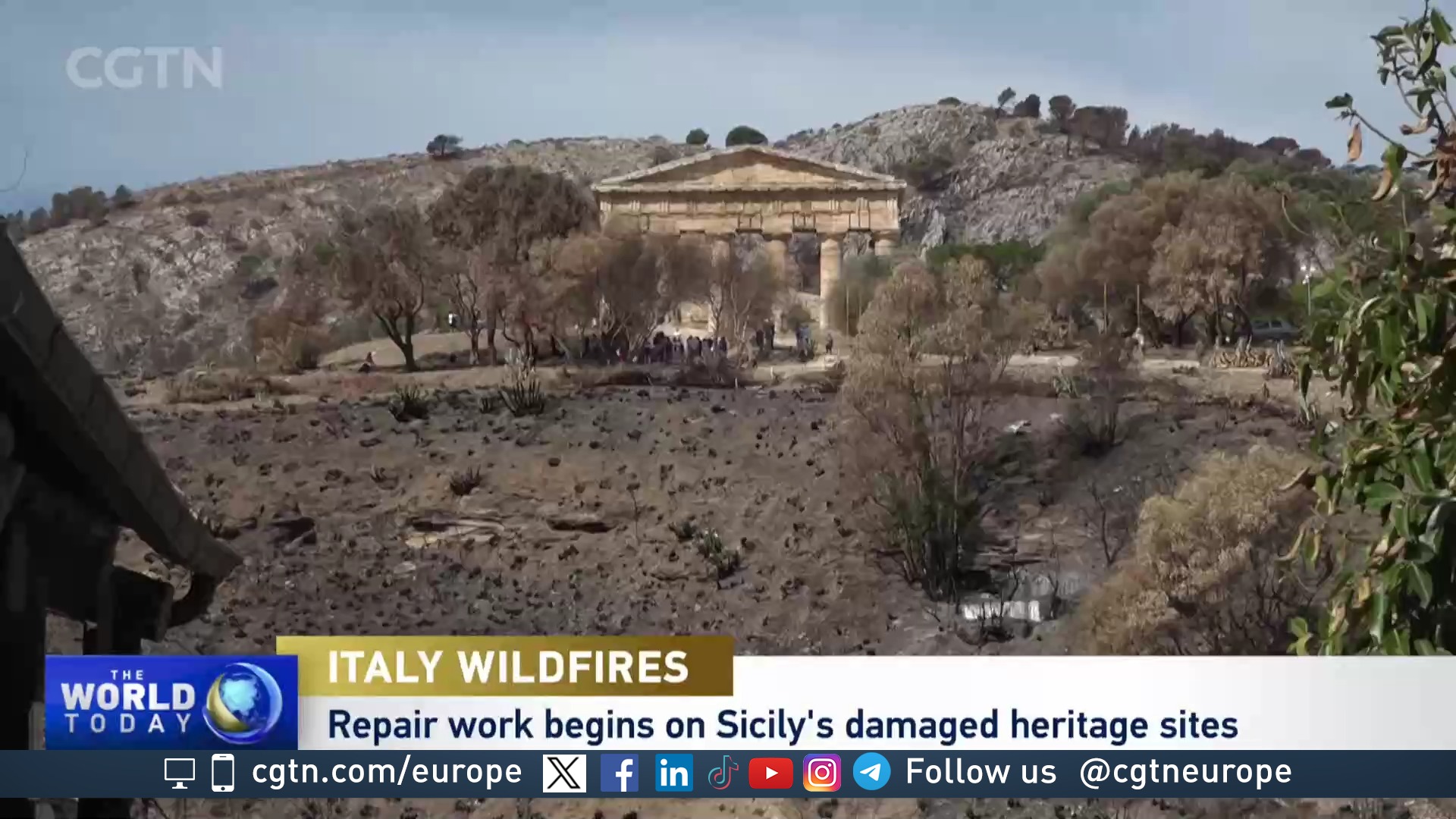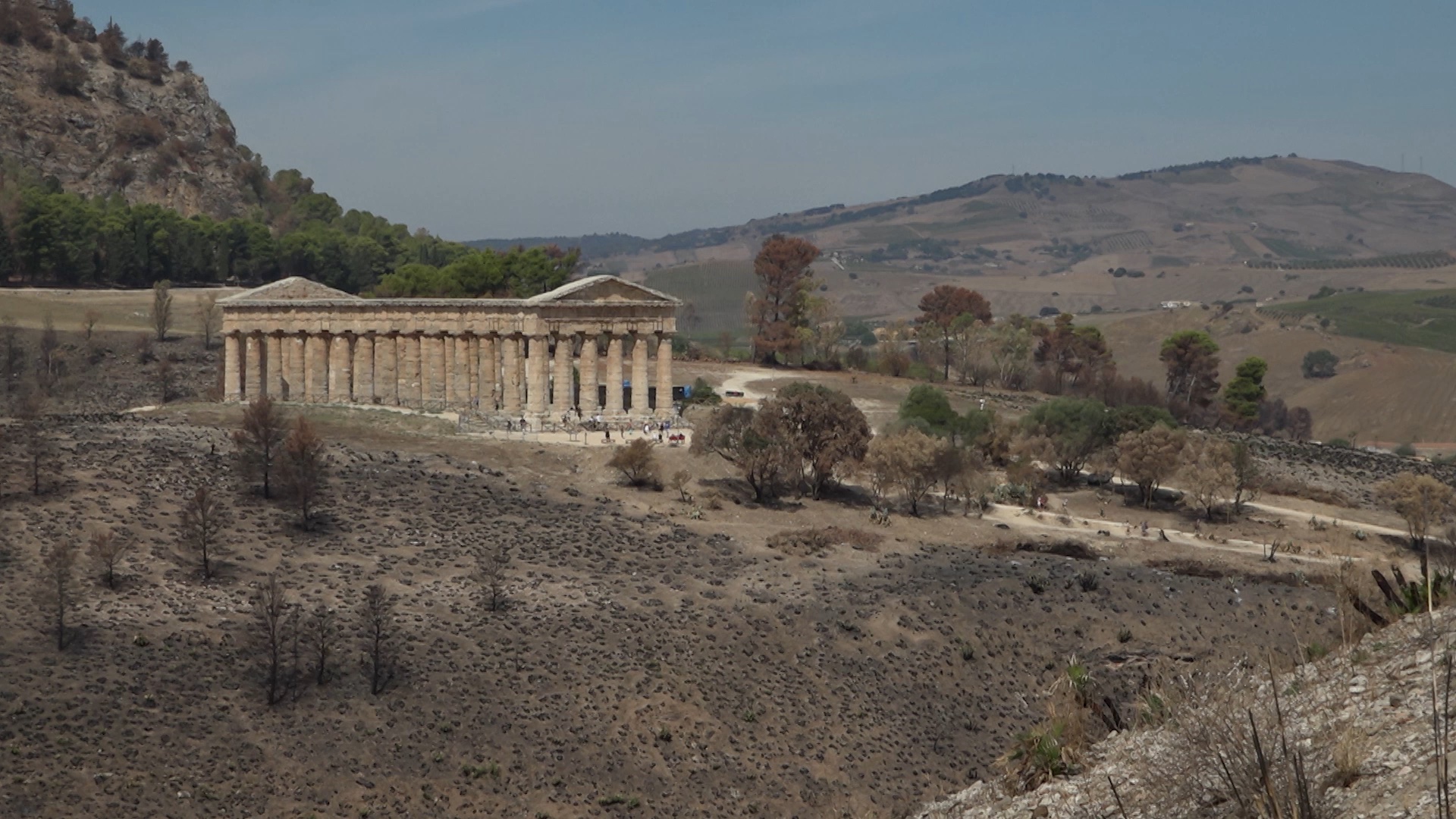02:54

Delicate repair work is underway at heritage sites on the Italian island of Sicily that sustained significant damage in summer wildfires.
The flames came close to destroying Sicily's majestic site of Segesta, which was built around 420BC and is considered the best surviving example of architecture from the ancient Dorian people in Europe.
However, while the temple was spared, the archeological park still suffered significant damage and director Luigi Biondo says it's taken a professional and personal toll.
"This is a passage in my life that is very sad, very complicated, because a piece of my life was burnt. I feel like a hero of a Greek tragedy, wounded but still standing," he said.
"We have done an initial count of the damage, which is at least $1.8 million. There were 200 hectares of territory burnt, we lost the kiosk and at least two kilometres of security fencing."
Segesta was at the heart of the emergency in late July when fires swept across the island. Three people died and many properties were lost.
Another cultural site that endured irreparable damage was the iconic church of Santa Maria di Gesù. Brother Vincenzo Bruccoleri was among those on the frontline.
"We didn't have a moment to think, we did everything we could with the means we had, but the fire was stronger than us and it destroyed the church in front of our eyes," he said.
Among the relics reduced to ashes was the 16th-century coffin of Benedict the Moor, a venerated Catholic saint.

Repair work is essential – but tricky. /CGTN
Repair work is essential – but tricky. /CGTN
Giampiero Cannella is Palermo's Culture Minister and says the community is devastated.
"It was really an event that was very very worrying and knowing that the body of Saint Benedict the Moor that had remained intact for almost 500 years was lost evoked a lot of emotion for all Palermitani," he says.
The cultural loss can't be quantified but the structure damage is estimated at three million dollars.
The wildfires in Segesta and across Palermo came as temperatures soared to 47 degrees Celsius, the island's second-hottest day on record.
As the winters get drier and the summers get hotter, experts say Sicily will experience extreme weather events more frequently.
In response, Italy is acquiring more fire-fighting jets and introducing stricter penalties for arsonists.
"We are studying the new surveillance measures, such as the use of drones in the areas of dense bushland, to protect Sicily which has many cultural monuments," says Cannella.
"I hope that in the future there can be more strength, love and desire to conserve these traces of our heritage and identity," says Biondo hopefully.
It's a key message as the community tries to rebuild and recover.

Subscribe to Storyboard: A weekly newsletter bringing you the best of CGTN every Friday